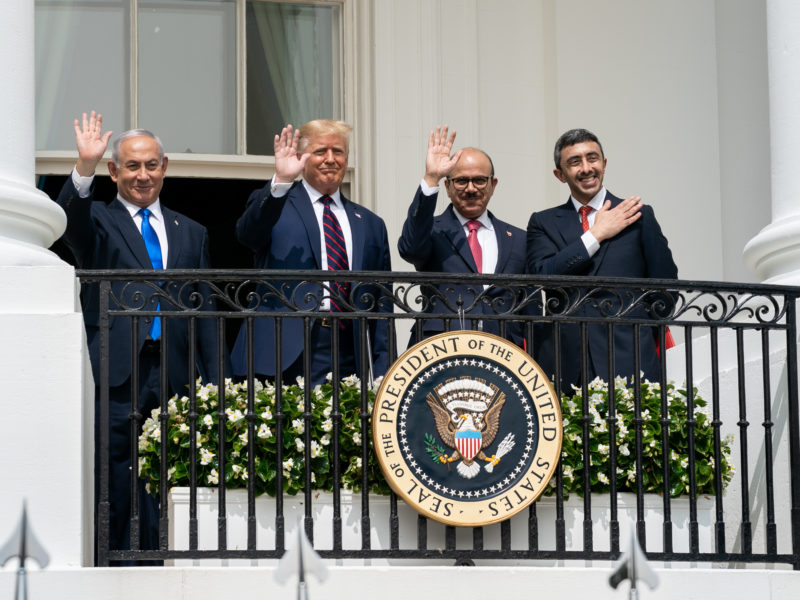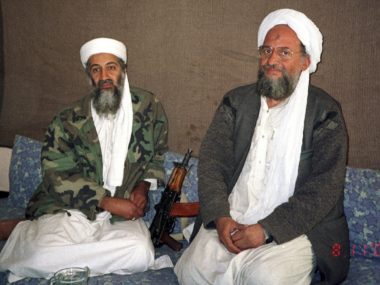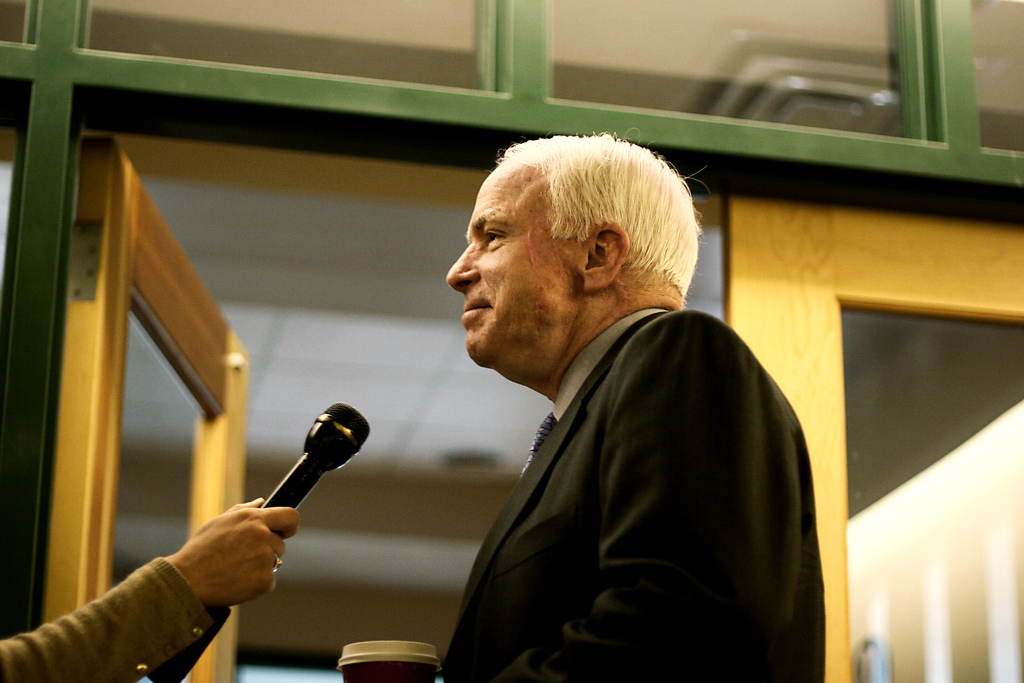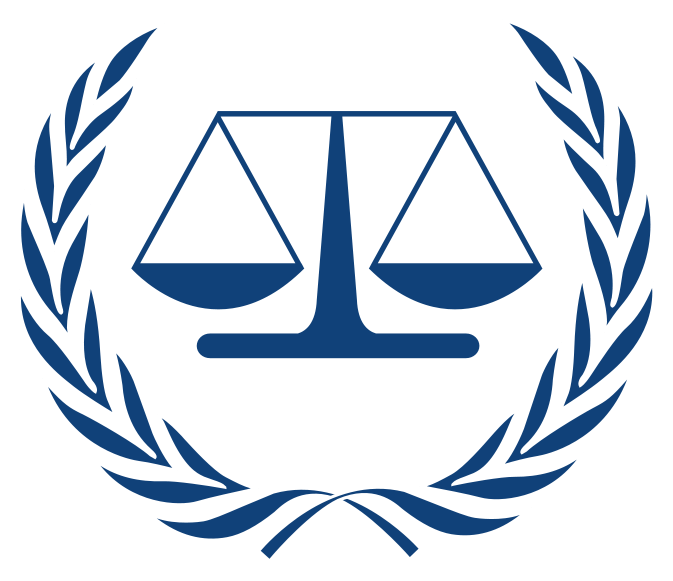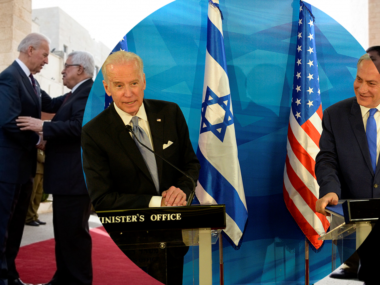Guest post by Jeremy Pressman
How do the Bahrain-Israel-UAE agreements signed on September 15 demonstrate a shift in the Arab-Israeli peacemaking paradigm? While the basic differences from past agreements such as the Egyptian-Israeli Peace Treaty (1979) are very significant, the new agreements also suggest a major shift for potential pathways to Israeli-Palestinian conflict resolution. Directly trading Arab normalization with Israel for Israeli concessions to the Palestinians is out; alternative pathways include everything from Palestinian surrender to Emirati persuasion to Israeli societal transformation.
The Bahrain-Israel-UAE agreements have three basic differences from previous inter-state agreements: Egypt-Israel (1979) and Israel-Jordan (1994). First, the 1979 and 1994 treaties were the coming together of former combatants who had fought wars against each other. They were peace treaties. Egypt and Israel had fought five wars from 1948-1973 (and none since). Bahrain, Israel, and the United Arab Emirates have never fought each other.
Second, Bahrain, Israel, and the United Arab Emirates already had extensive commercial and security relations for years prior to the agreement. For Jordan and especially Egypt, such relations only developed after the treaties—though Jordan’s King Hussein and Israeli leaders did have secret contacts over the years.
Third, the nature of the quid pro quo looks very different in 2020. In the 1979 and 1994 treaties, Egypt and Jordan sought Israeli territorial change—though small in the latter case—in exchange for Cairo and Amman accepting normal, diplomatic relations and open borders with Israel. Yes, Egypt and Jordan also wanted to enhance their military profile (i.e., get more arms) and tighten relations with the United States, but those gains stood alongside the resolution of aspects of the Arab-Israeli conflict.
Since 2002, the Arab Peace Initiative (API), approved by the League of Arab States, followed the same logic: Israeli territorial withdrawal and acceptance of two states in exchange for normalization with the entire Arab World. Land-for-peace.
In contrast, the United Arab Emirates offered normal relations in exchange for a minor Israeli concession—no formal West Bank annexation now—that has no impact on de facto Israeli annexation; is not written into the agreements; and is only a temporary commitment. It is not even clear how much the Emirati agreement influenced Israel’s decision making. Even if the UAE had not agreed to normalization, Israel might not have annexed the West Bank. Moreover, slowing Israeli annexation is not the same as resolving a core aspect of the Arab-Israeli conflict.
More likely, the driver for the UAE was some combination of open ties with a powerful anti-Iranian military (Israel and the Israeli Defense Force), apparent access to US advanced fighter aircraft (F-35s), and official economic relations with Israel’s high-tech, globalized economy.
One commonality is worth noting. The aforementioned treaties did share the idea of negotiated security outcomes, an approach for seeking security that, as my research demonstrates, has usually lost out to those based on military force.
Given these three differences, could the 2020 agreements still facilitate an Israeli-Palestinian resolution? There are four potential pathways worth considering, but each one faces major obstacles.
- Palestinian capitulation whereby Fatah and the PLO drop their demand for independence and accept Israeli rule. This seems to be the vision preferred by Jared Kushner and US Ambassador to Israel David Friedman. Neither view the Palestinian national movement as legitimate and neither accept the concept of Israeli occupation. Given the usual staying power of widely-recognized national movements, this pathway seems extremely unlikely.
- The erosion of Arab world support leads to a reassessment within the Palestinian national movement. Palestinian leaders become more “realistic” which might mean a change in tactics—say, if Hamas dropped armed struggle—or a scaling back of Palestinian objectives. But the more scaling back of objectives that takes place, the more this pathway starts to look like pathway #1.
- Bahrain, UAE, and any other Arab states who follow in establishing relations with Israel use their newfound leverage to voice (think Hirschman) to the Israeli government and society their support for specific pro-Palestine policies. Instead of ‘I’ll give you something if you listen to me,’ the new approach is ‘I’ve given you something so now we are closer and you are more inclined to listen to me.’ The Arab states encourage and persuade Israel to make progress with Palestinians. Since 1979 and 1994, respectively, Egypt and Jordan have not been able to move Israeli policy on fundamental issues.
- Arab governments’ growing acceptance of Israel reduces Israeli Jewish feelings of regional and global isolation. If that isolation has fueled hawkishness and disinterest in negotiations, perhaps warming ties would generate a greater Israeli openness to substantive talks with Palestinians seeking compromise. Israelis might feel more secure and thus willing to take some modest chances to improve the Israeli-Palestinian dynamic.
I’m skeptical that any of these four pathways will unfold because Israel’s government will likely feel emboldened to continue repressing the Palestinians. Yet pundits are already putting forward these kinds of suggestions for how to generate a viable Israeli-Palestinian resolution. Observers would do well to bear in mind the potential pitfalls and to press proponents for a deeper explanation as to how and why such pathways could work toward Israeli-Palestinian conflict resolution.
Jeremy Pressman is an associate professor of political science at the University of Connecticut and author of The sword is not enough: Arabs, Israelis and the limits of military force (Manchester University Press, 2020).

